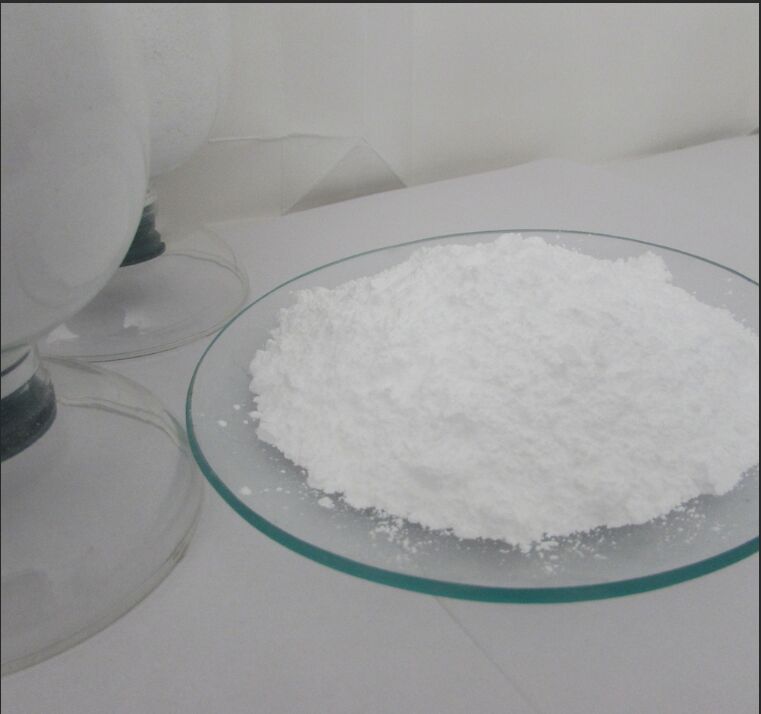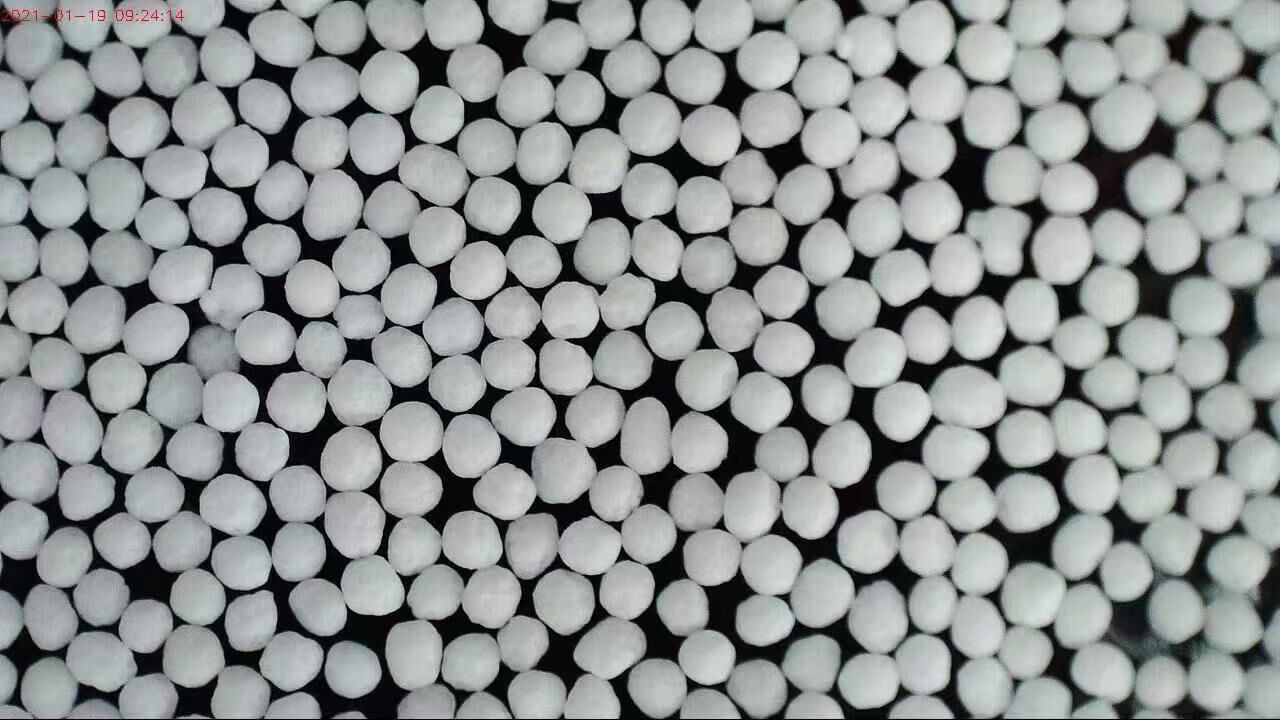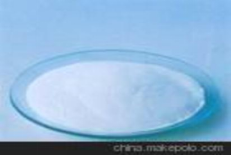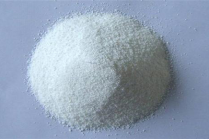
MESSAGE
CAS 1332-07-6
EINECS 215-566-6
Chemical formula B2O6Zn3
Molecular weight 313.79
InChI InChI=1/BHO3.Zn/c2-1(3)4;/h2H;/q-2;+2
Density 3.64 g/cm3
Melting point 980 °C
Storage conditions Room Temprature
Appearance White solid
Physical and chemical properties Irregular (or rhombic) white or pale yellow powder. Insoluble in water, ethanol, n-butanol, benzene and acetone, soluble in hydrochloric acid, sulphuric acid and dimethyl sulfoxide.
Product use Used as inorganic additives, non-toxic flame retardant, used in plastics, rubber, textiles, coatings and other industries
Upstream raw materials Zinc oxide Boric acid Zinc sulphate Zinc sulphate heptahydrate Zinc hydroxide Borax
Downstream products Zinc borate Zinc borate
Zinc borate - Properties
White crystalline powder, non-toxic. Freely soluble in hydrochloric acid, sulphuric acid, dimethyl sulfoxide. Slightly soluble in hot water above 38°C. Insoluble in cold water and organic solvents such as ethanol, n-butanol, benzene and acetone. loses water of crystallization above 300°C. Good thermal stability. With flame retardant, smoke suppression, arc extinguishing properties.
Zinc Borate - Method of Preparation
Zinc oxide method: In a crystallizer which already holds a certain concentration of boric acid medium solution, put in a certain ratio of zinc oxide and boric acid, react at 80-100℃ for 5-7h, then filter and wash, after the filter cake is dried and crushed, the finished product of zinc borate is produced.
Zinc hydroxide method: In the presence of water and other organic solvents, zinc hydroxide and boric acid are added to the reactor and held at a temperature of 100°C for 6 to lOh. The liquid is filtered and the solids are washed with hot water and dried to produce zinc borate.
Borax method: Zinc borate is produced by reacting zinc sulphate, borax and zinc oxide at a molar ratio of 7:7:l at 95°C.
Zinc borate - Introduction
Insoluble in water, ethanol, n-butanol, benzene, acetone, easily soluble in hydrochloric acid, sulfuric acid, dimethyl sulfoxide. Good thermal stability. Easily decomposed. Non-toxic.
Zinc borate - Uses
Zinc borate is an inorganic additive flame retardant, characterised by its good thermal stability, i.e. flame retardant and smoke suppressant. It can be used alone or in synergy with other flame retardants such as antimony trioxide for better flame retardant effect. It is widely used in rubber and PVC, ABS, chlorinated polyethylene, chemical fibres, coatings and paints.
Zinc Borate - Safety
Non-toxic and non-corrosive. Packed in woven bags with inner village polyethylene plastic film bags. Each bag has a net weight of 25 kg. It should be stored in a clean and dry warehouse and rain should be avoided during storage and transport. Do not store and transport with acids.
Flame retardant
Zinc borate is an inorganic flame retardant with good thermal stability, which can replace antimony trioxide in some products and can be used in combination with other inorganic flame retardants for better results. It is widely used in rubber, plastics, cables, wood, defence products, coatings, tarpaulins and other industries.
Zinc borate can be used as a multifunctional additive to antimony oxide or other halogen flame retardants to improve the flame retardant properties, reduce smoke generation during combustion and to adjust the physical, mechanical and electrical properties of rubber and plastic products.
Zinc borate is widely used in PVC materials such as carpets, conveyor belts, wires and cables, as well as in engineering plastics such as PE, PP, ABS, etc., where non-halogenated aluminium hydroxide and magnesium hydroxide are used as flame retardant systems, and in intumescent coatings, ceramic glazes, fungicides, wall paper treatments, opalescent glass, etc.
Products Recommended
Please give us a message




